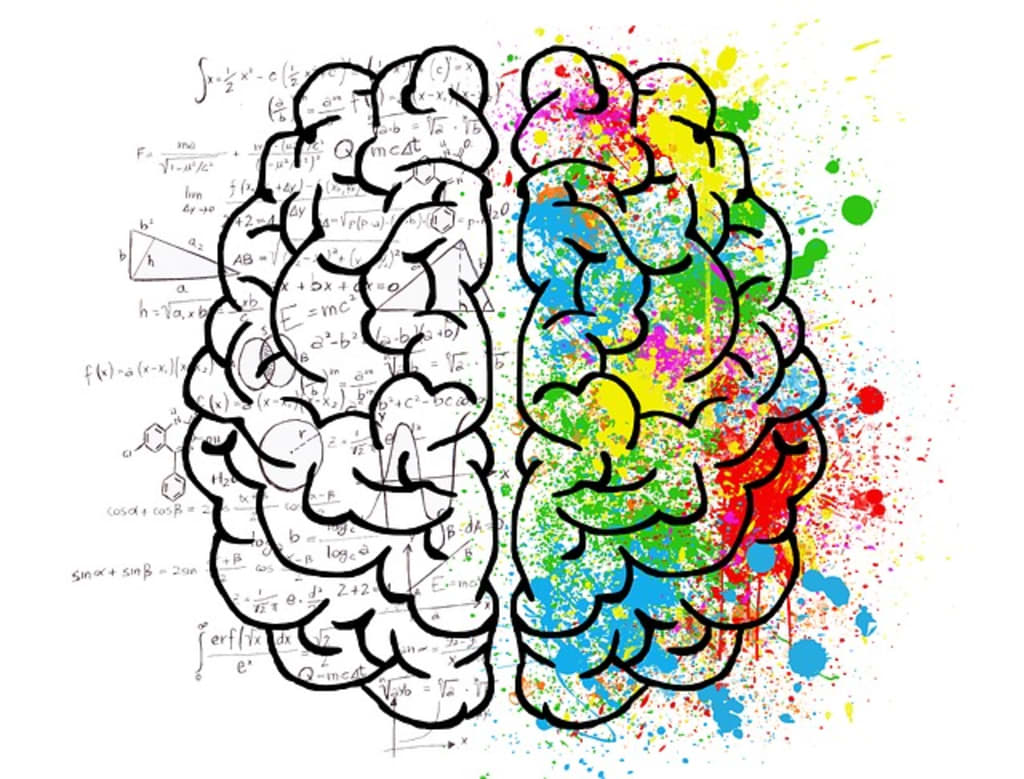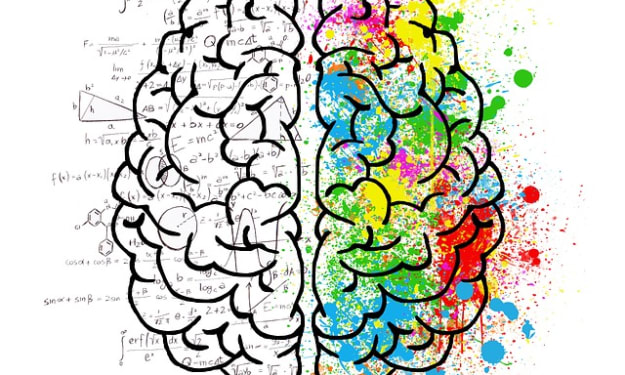Biological Psychology
What is psychology and the body?

Psychology is all about the function of the body and the brain. Cells are aquatic things that are made up of a nucleus and a cell membrane as well as many other items. The nucleus is the main item that deals with genetics and the cell membrane deals with the chromosomes that are DNA that is the complex material that codes information or in other words constructs and instructs what is occurring in the cell. Cells also puts out the proteins that are very complex for sending out information throughout the entire human body.
What are membranes?
Membranes are defining boundaries of cells that must be able to get oxygen and glucose to put energy into the cell. The waste products like lactic acid are out. Membranes are semi-permeable and are a set of molecules half made soluble by water and half soluble by fats (lipids). Water comes in and out of the cells and arranged spontaneously. Lipids are bi-level molecules inserting themselves in membranes and these agents move in and out and regulate the movements in cells. Insulin molecules transports the glucose.
Neurons are nerve cells that analyze and transports information quickly from a cell to a nerve cell or the soma (cell body) to an axon to the dendrites. Information coming into the dendrites and the body of the cell to the axon to the end tip. This is how information flows through the body. These cells are very tiny for there are 100 billion total neurons in the body 2000 inputs or events or seconds transporting information. The axon is binary that shoots energy off and on with long and short blasts. The biological system creates the 'off' that allows for another state to move fast.
Step 1- H2O ions are electrical charged molecules dissolved in Na (sodium) single + Ca (calcium) + 2 K (potassium) + 1 Cl (cloride) in water. Certain concentrations of neurons then pump out sodium and potassium with less on the outside then in and then pump potassium in cells for sodium is more outside the cell more potassium inside the cell. Outside of the cell is neutral. Inside the cell is reliably electrically negative and milli-voltage of .07 volts for the cells are working very hard to create the 'off' inside the cell. 70 millivolts for 'on' conditions and what is happening is that a lot of sodium molecules flow to even amounts of sodium and would 'diffuse' and rush in potassium will rush out. -70 increases to +50 millivolts which is an abrupt transition. The number of molecules of Sodium (Na) and Potassium (K) pumps the sodium out and potassium in and with the cell back together this transition of 'on' to back together is know as the 'resting potential' meaning that the cell is working but with no action potential. The 'action potential' is the 'on' statement that sodium is in the cell and the basic message system of the cells. Through the the varying of time is the threshold of excitation which is always happening in every cell. Inhibition that is away from the threshold where excitation is towards the threshold and the action potential will occur and the cell will continuously be provided.
To design characteristics and to send out messages quickly and to analyze the membranes of two molecules of H2O in and out the cell with glucose out of the cell there will be a thick lipid bi-layer. (Ca + K+) (Na+ Ca+) pumps out sodium and pumps in potassium. The mechanisms in the membrane serves the embedded mechanisms or the resting potentials -70 or inside -70 to +50. The action potential +50 begins at the threshold of excitation. It is a very complex yet simple. The voltage that is gated with the ion channels at certain levels and opens up the sodium rushes in and the potassium rushes out. This is like an off and on with the state of potential as 'moving the messages'. The synapses increase and decrease action potential probabilities. The inhibited action potential is away and the excitatory action potential is toward that all actions and events occur at the mini-synapses that get summed up and makes the resting potential and have an action potential. There are two ways to increase the speed of the action potentials. Increasing the speed the myelin sheath which is the layer of fat around the axon. It is necessary of the action potential that jump from gap to gap. The brain (neuron) cells or glial cells that are in the brain and their are a lot of them and the development of the brain that repairs and restores in the memory where they lie down the myelin sheath along the Nodes of Renvoir which are jumping actions. There is the saluatory effect that is a huge gain in speed. The demyelinated axon cells are the cause of Alzheimer's and MS. What is direct communication at or between the two cells that are electrical and very fast. What is indirect communication where A and B chemical is slower but subtle and releases into a chemical influence synaptic communication and psychology starts. The message of the action potential at 120mo and the cerebellum and of muscle movements to be smooth and fast and must have direct connections unlike nitric acid and there are no connection.
To be continued: The Story of the Synapse
About the Creator
Mark Graham
I am a person who really likes to read and write and to share what I learned with all my education. My page will mainly be book reviews and critiques of old and new books that I have read and will read. There will also be other bits, too.






Comments
There are no comments for this story
Be the first to respond and start the conversation.